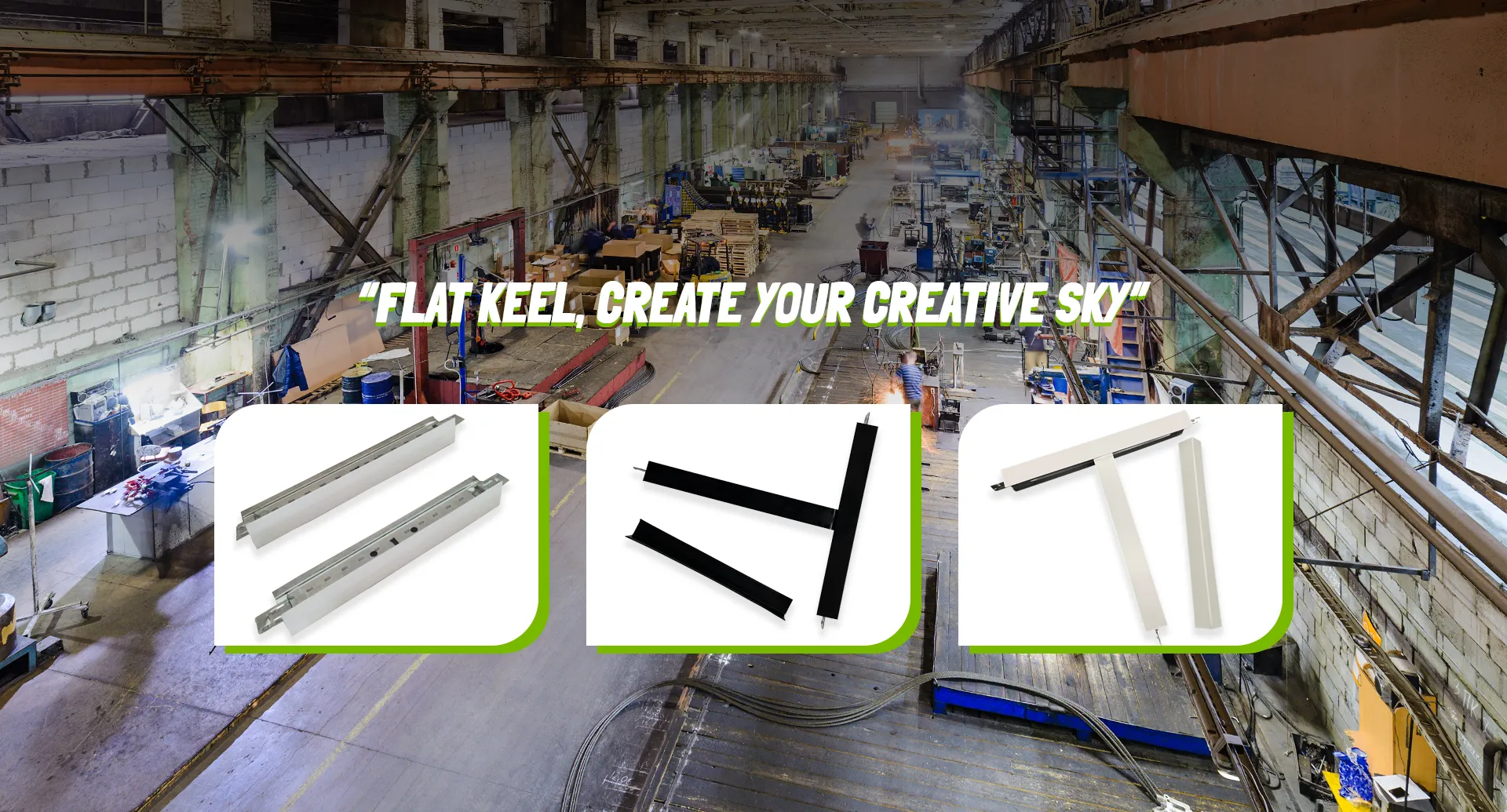Aug . 14, 2024 10:38 Back to list
Creating a Functional Framework for Drywall Installation Using an Efficient Grid System
Understanding Drywall Grid Systems An Essential Component for Modern Construction
In the world of modern construction, the drywall grid system is a pivotal element that ensures the structural integrity and aesthetic appeal of interior spaces. This system, often overlooked by the untrained eye, serves as the backbone for drywall installation. It involves a framework of metal or wooden tracks and channels that create a grid-like structure on which drywall panels are mounted.
What is a Drywall Grid?
A drywall grid is typically made up of vertical and horizontal support components, which create a framework for the drywall panels. This framework is meticulously designed to provide a level surface and to distribute the weight of the drywall evenly across the walls and ceilings. The grid itself can come in various forms, including the traditional wood framing, metal studs, or even advanced grid systems designed for high-efficiency installations.
The Importance of Proper Installation
Properly installing a drywall grid is crucial for several reasons. First, it helps prevent the formation of cracks and other imperfections in the drywall over time. If drywall is hung without adequate support, it may sag or warp, leading to unsightly blemishes that compromise the aesthetics of a room. Additionally, a carefully constructed grid can improve the soundproofing properties of interior spaces, enhancing privacy and comfort.
Another significant advantage of using a drywall grid system is its ability to accommodate changes and repairs. With a grid framework in place, accessing electrical wiring, plumbing, or HVAC systems becomes significantly easier. This accessibility is essential for maintenance and renovations, allowing homeowners and contractors to make modifications without needing to demolish large sections of drywall.
drywall grid

Types of Drywall Grids
There are two primary types of drywall grid systems T-bar (or ceiling grid) systems and more traditional framing systems. T-bar grids are primarily used for suspended ceilings, particularly in commercial applications. This lightweight system allows for quick installation and easy access to the space above the ceilings, making it ideal for buildings that require frequent maintenance.
On the other hand, traditional framing systems utilize vertical and horizontal studs to create a solid structure. This method is commonly seen in residential applications and is often preferred for its durability and strength. The choice between these two types will often depend on the specific needs of the project—whether one prioritizes cost, longevity, or ease of access.
Sustainability Considerations
As sustainability becomes a more pressing concern in the construction industry, the materials used for drywall grid systems are also evolving. Many manufacturers now offer products made from recycled materials or sustainable resources, contributing to overall green building practices. Adopting eco-friendly practices not only benefits the environment but can also lead to potential cost savings for project owners through reduced waste and energy efficiency.
Conclusion
In summary, the drywall grid system is far from a mere afterthought in construction; it plays an essential role in creating well-structured, functional, and aesthetically pleasing interior spaces. From ensuring durability and ease of maintenance to contributing to sustainability efforts, the importance of drywall grids cannot be overstated. As construction practices continue to evolve, understanding the significance of these systems will be crucial for contractors, builders, and homeowners alike. Embracing the optimal use of drywall grid systems can lead to improved outcomes in both residential and commercial projects, paving the way for more innovative and efficient construction solutions.
-
Quality Ceiling Trap Doors & Access Panels | Easy & Secure AccessNewsAug.30,2025
-
Durable Ceiling T Grid Systems | Easy InstallationNewsAug.29,2025
-
PVC Gypsum Ceiling: Durable, Laminated Tiles for Modern SpacesNewsAug.28,2025
-
Pvc Gypsum Ceiling Is DurableNewsAug.21,2025
-
Mineral Fiber Board Is DurableNewsAug.21,2025
-
Ceiling Tile Clip Reusable DesignNewsAug.21,2025







